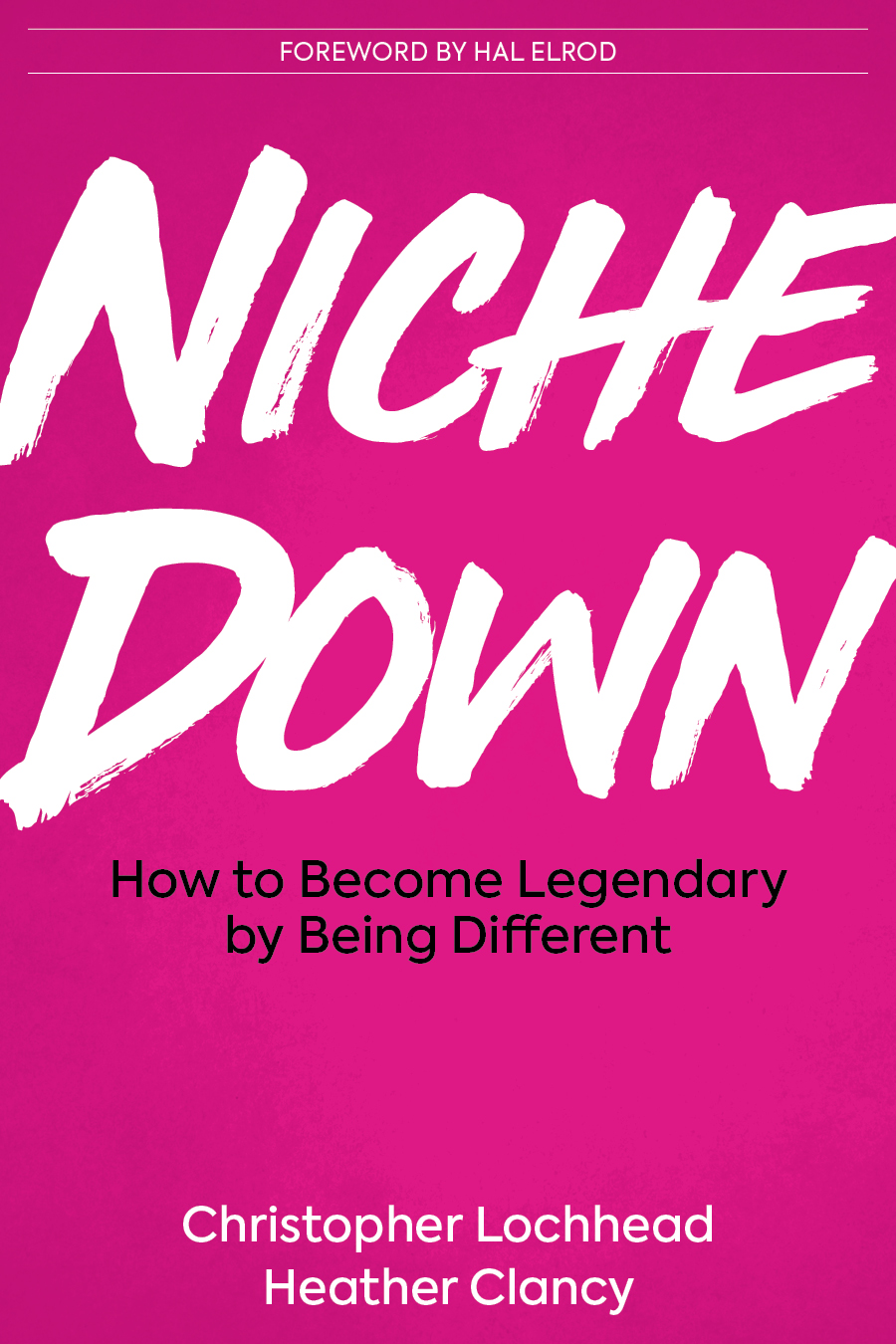
If my 30-something-years experience as a journalist holds true, this will be the week many U.S. tech companies emerge from the relative radio silence that has characterized their public response to economic upheaval being wreaked by coronavirus to talk about how they plan to help — not just with immediate aid, but with resources to help inspire systemic solutions far into the future.
We’ve already heard a lot about Zoom, of course, the now virtually (pun intended) ubiquitous videoconferencing service that you and I both used umpteen times this week. In mid-March, it moved to make its software free for K-12 schools — and that was before many U.S. school districts officially closed their doors and turned millions of parents across the country into classroom aides. Pretty much any company with similar collaboration software is now offering at least a free trial.
These are wonderful, welcome gestures, and I am eager to see more like them. What I’m equally eager for are resources that help creative, innovative, entrepreneurial individuals mobilize on solutions — to seek not just to weather this crisis but to learn from it.
Sticking with education, one example is the new Teach from Home hub announced March 20 by Google, along with a $10 million “Distance Learning Fund” meant to support organizations working on solutions.
Here are some other initiatives that I’m looking into:
- IBM updated the focus of its annual Call for Code solutions hackathon to “take on COVID-19.” The premise: use its open source software to develop technologies that could help. Last year’s winner was Prometeo. The team united a firefighter, nurse and three developers to create a smart device for improving firefighter safety by measuring air quality during disaster response.
- Amazon’s cloud division committed $20 million intended to accelerate research on diagnostics approaches. Mind you, this money is going to existing customers but there are at least 35 global research institutions, companies and startups now involved. (Here are the details.)
- Microsoft’s artificial intelligence underlies a number of the resources that are being used to share information, including those from John Hopkins University and the Centers for Disease Control, as well as to research the immune’s response to the virus. Read Microsoft CEO Satya Nadella’s letter to Microsoft employees last week.
Those are just three quick examples. I’ll be hunting for more this week.



